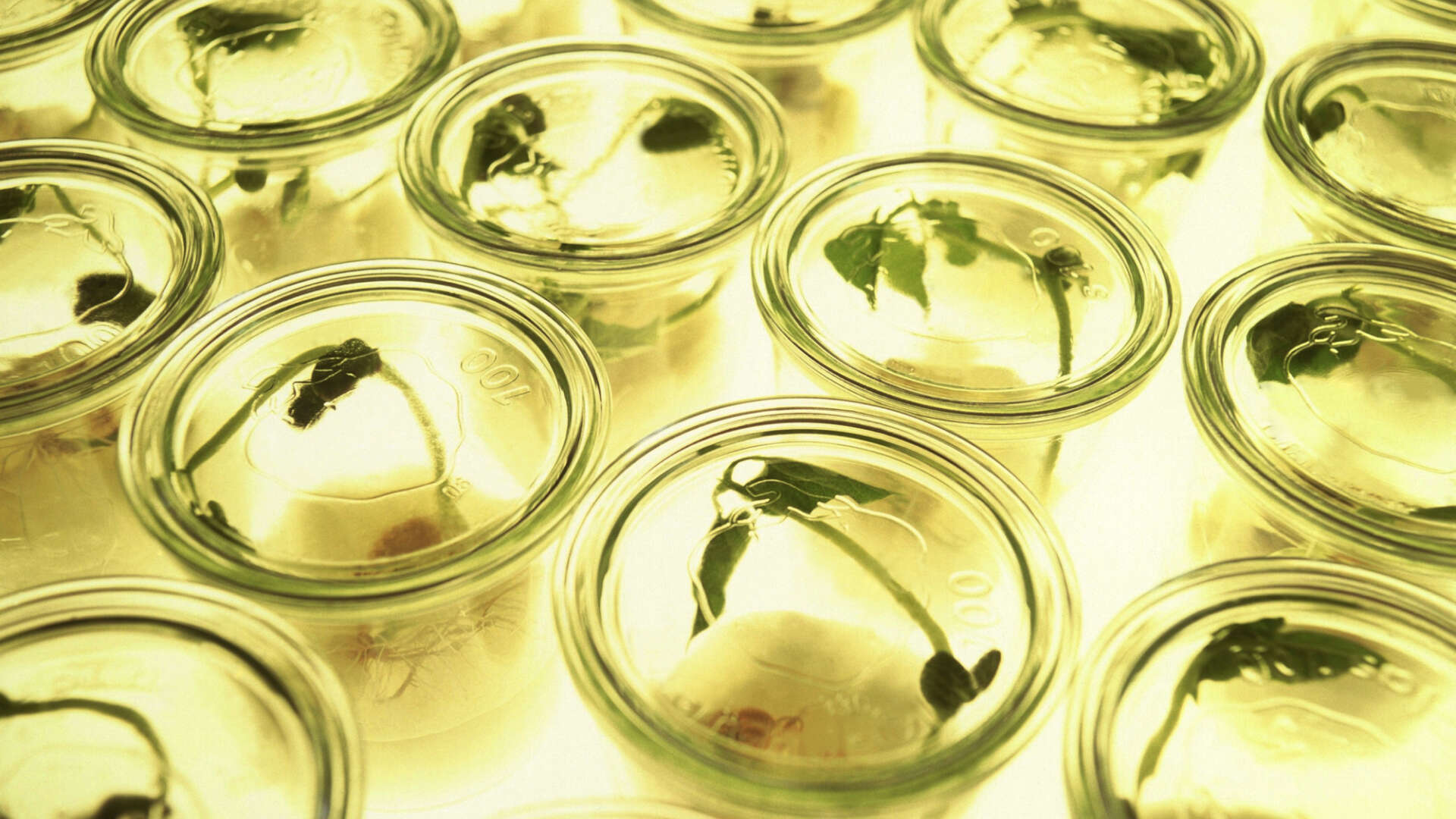Genetic engineering in plants

Instead of replacing or introducing new genes as with conventional genetic modification, they 'edit' the gene sequence in a plant. Although this is claimed to have greater accuracy and precision, there’s still worrying unforeseen consequences of disrupting the gene sequence. This useful briefing paper on NBTs explains the issues.
Put simply, CRISPR cuts the cell’s DNA at a particular site. The cell then attempts to reseal this break using DNA repair mechanisms. However, these mechanisms don’t always work perfectly. Sometimes segments of DNA will be deleted, or, worryingly, rearranged. These ‘off target’ effectscan create unforeseen problems in cell structure and lead to an unexpected new DNA.
CRISPR scientists rely on algorithms to predict the most obvious cell changes. However, this paper is one of many that illustrates that algorithms can’t pick up on every change.
It needs very rigorous and lengthy testing to pick up on these off-target mutations. Some academics, such as Dr Jennifer Kuzma argue that: “Gene editing and gene drives represent an inflection point in our technological capabilities. They are outpacing government abilities to develop appropriate risk assessments and oversight systems for them.”
Rules and regulations
After much deliberation, in July 2018, the European Court of Justice ruled that NBTs, which use gene editing, will be regulated in the same way as genetically modified processes. This means researchers using CRISPR for instance, will have to go through the lengthy and costly process to legitimise their newly-bred plants.
The UK has now left Europe, and is therefore free to devise its own regulatory process. A recent announcement by the Government indicates a rejection of the EU ruling.
IFOAM, the organic agricultural governing body, says: "GMOs must not be introduced, unless they have been subjected to a rigorous, democratic, and transparent assessment of the technology through participatory processes that include decision-makers from every area of society and every group of people who will be impacted by the technology." And that "any introduction of GMOs should be limited to controllable circumstances”.
Here are two opposing views on regulating gene edited crops in the UK (reproduced from The Guardian in 2016).Huw Jones, professor of translational genomics at Aberystwyth University, argues in favour of streamlining regulation:
"Gene-editing tools such as CRISPR have huge potential for research and for practical applications in healthcare and agriculture. This promise will be realised only if the European commission grasps the nettle and sets out a regulatory framework that is logical, proportionate to the risks and has broad support from the public, researchers and the plant-breeding industry.
“Basic gene editing makes mutations that are indistinguishable from those found in conventional breeding, so it makes no sense to call these GMOs. Better to regulate them simply as “novel foods”. The commission has a unique opportunity to democratise biotechnology. It’s currently dominated by a few multinational companies, which, understandably, concentrate on profitable traits in the major global crops.
“Reducing overly burdensome costs and streamlining regulation for gene-edited plants with no foreign DNA would not only be logical, but allow smaller plant breeders and research organisations to use these benign methods for public-good breeding projects in locally important crops, and focus on less-profitable traits for sustainable agriculture and nutritional quality.
“We now have the editing tools to translate the wealth of available genomics information into safe and nutritious food. I urge the commission to stimulate democratic innovation in plant breeding by excluding simple gene editing from current GMO legislation."
Liz O'Neill, director of GM Freeze , argues that genetic editing should undergo the strict regulation which currently applies to older genetically modified crops:
"If this group of genetic engineering techniques escape classification as GM, they could be completely unregulated. The crops they produce could find their way into our fields and on to our plates without environmental or food safety risk assessments. They would not be traceable and, without labelling, consumers would have no way to identify and avoid them should they wish to do so.
“We hear a lot about the precision of the new methods, but they are all vulnerable to off-target effects of one kind or another and precision isn’t the same as predictability. We know that genes interact with each other in complex ways. Changing the way that one gene is expressed can have an effect on a completely different part of the genome. So even if one is successful in altering DNA in exactly the way intended, unexpected effects can still occur.
“These techniques have no history of safe use and, because genetic pollution is almost impossible to “mop up”, any problems they do cause will be incredibly difficult to put right.
“GM Freeze wants our food to be produced responsibly, fairly and sustainably, and allowing these techniques to slip through the regulatory safety net on a legal technicality would do the exact opposite."